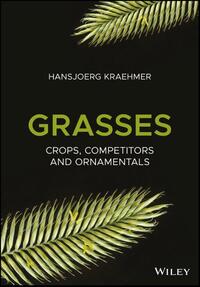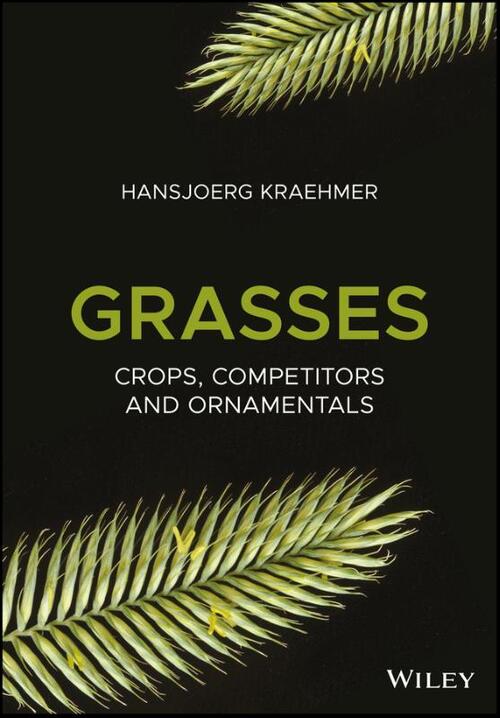250.15
3 - 5 Werkdagen
Combines new findings on morphological aspects, the latest data on gene function in grasses, and the interaction of grasses with their habitats 45% of all arable land is covered by five grass crops: wheat, maize, rice, barley and sugar cane. This book demonstrates why crops and weeds are growing in characteristic environments today, and looks at how cropping practices may change in the future and how these changes will affect weed spectra. It explains the distribution of grasses and their role for mankind and summarizes our knowledge on grass genomes. Special emphasis is placed on the function of genes at defined developmental stages and in organs of grasses. The development of grasses is then described from the germination to fruit set with many unpublished examples. Grasses: Crops, Competitors and Ornamentals provides readers with a comparative description of selected grass organs (stem, root, leaf, inflorescence) and devotes several chapters to habitats of grasses and morphological characteristics that enable grasses to grow in special environments. In addition, some chapters deal with grasses as crops and weeds, and emphasis is placed on their adaptation to modern agriculture. * Predicts how cropping practices may change in the future and how these changes will affect weed spectra * Details grasses as crops and weeds, emphasizing their adaptation to modern agriculture * Summarizes our knowledge on grass genomes * Connects classical morphology with the latest tools in molecular biology as well as ecological aspects determining the wide distribution of grass species today Grasses: Crops, Competitors and Ornamentals will be of great interest to agricultural scientists who want to know more about crops and weeds, grassland specialists and breeders interested in special grass traits, and molecular biologists and ecologists who study the biology and habitat of grasses.

- : John Wiley & Sons Inc
- : John Wiley & Sons Inc
- : 9781119416807
- : Engels
- : Hardcover
- : 592
- : augustus 2019
- : 1292
- : 179 x 250 x 33 mm.
- : Landbouw en teelt
